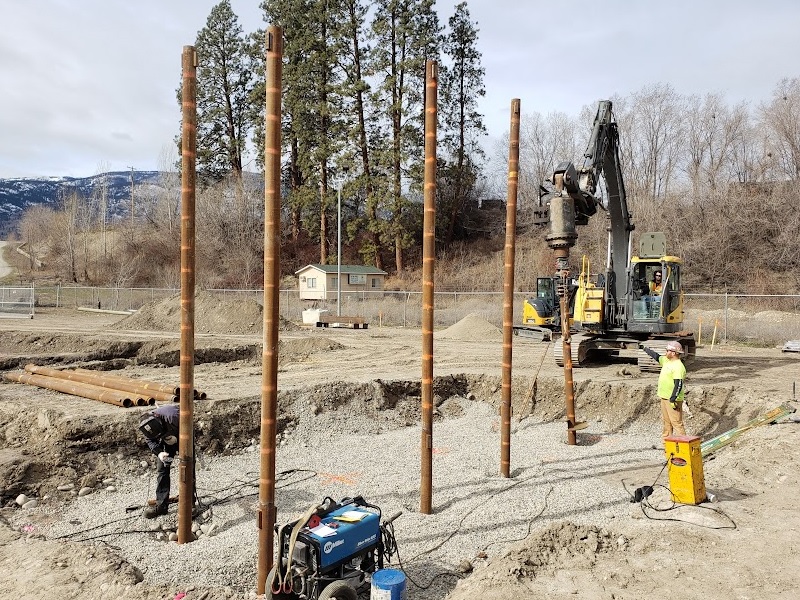When it comes to supporting large or heavy structures, foundation choices are often made with a sense of caution—and rightfully so. A weak or insufficient foundation can cause catastrophic consequences down the line. That’s why many engineers and builders hesitate to consider anything that seems unconventional or “lightweight,” especially when massive loads are involved.
One solution that often gets underestimated in these situations is the helical pile. There’s a lingering perception in the construction world that this foundation method is only suited for small builds or temporary structures. The truth? That assumption couldn’t be further from reality.
The Myth: Helical Piles Aren’t Meant for Heavy Structures
It’s easy to see why this myth persists. Compared to bulky concrete foundations and deep caissons, a helical pile might appear deceptively simple. The slender shaft and minimal site disruption can give the impression that it lacks the muscle to support large-scale loads.
However, this perception ignores decades of engineering advancement and real-world applications that prove otherwise. A properly engineered and installed helical pile system can outperform traditional foundations in many heavy-duty scenarios, offering both strength and stability under substantial weight.
Real-World Applications Tell a Different Story
Helical piles are not limited to residential decks or small modular buildings. In fact, they’re commonly used in industrial and commercial settings where load requirements are high, and site conditions are far from ideal. From infrastructure upgrades to bridge supports, from multi-storey additions to large-scale equipment foundations—helical pile systems are proving their value across diverse sectors.
What makes them suitable for such heavy applications is their ability to be engineered with precision. The torque applied during installation is directly correlated with the pile’s load-bearing capacity, allowing engineers to verify strength in real-time. That’s something concrete can’t offer until the forms are stripped and the curing process is complete.
Strength Without the Bulk
One of the most compelling advantages of helical pile foundations is how they achieve impressive load-bearing strength without requiring massive volume or footprint. Instead of relying on sheer size, they gain capacity from being screwed deep into load-bearing strata, distributing weight efficiently through both shaft friction and end-bearing resistance.
This makes them especially valuable in projects where soil conditions are poor or where excavation is impractical or too costly. For heavy structures, multiple piles can be installed in arrays, spaced and designed to meet even the most demanding engineering requirements. The modularity of the system allows for scalable strength without the challenges of massive concrete pours or complex rebar cages.
Faster, Cleaner, and Just as Reliable
Beyond strength, builders working on tight timelines or restricted sites appreciate how quickly helical pile foundations can be installed. There’s no curing time, no need for large excavation crews, and no waiting for weather windows to pour concrete. This efficiency doesn’t come at the cost of reliability—properly installed helical piles are known to perform for decades with minimal maintenance.
Their resistance to frost heave, soil shifting, and water table fluctuations makes them a smart choice for long-term stability, even in tough climates and unpredictable ground conditions. For engineers and project managers, this means confidence in both structural performance and schedule adherence.
If your project involves demanding weight requirements, don’t be too quick to dismiss the helical pile. What looks light on the surface often delivers serious strength beneath the ground.
For more information about Drilling Contractor Companies and Underpinning Services Bc Please visit: ATLAS PILING .
